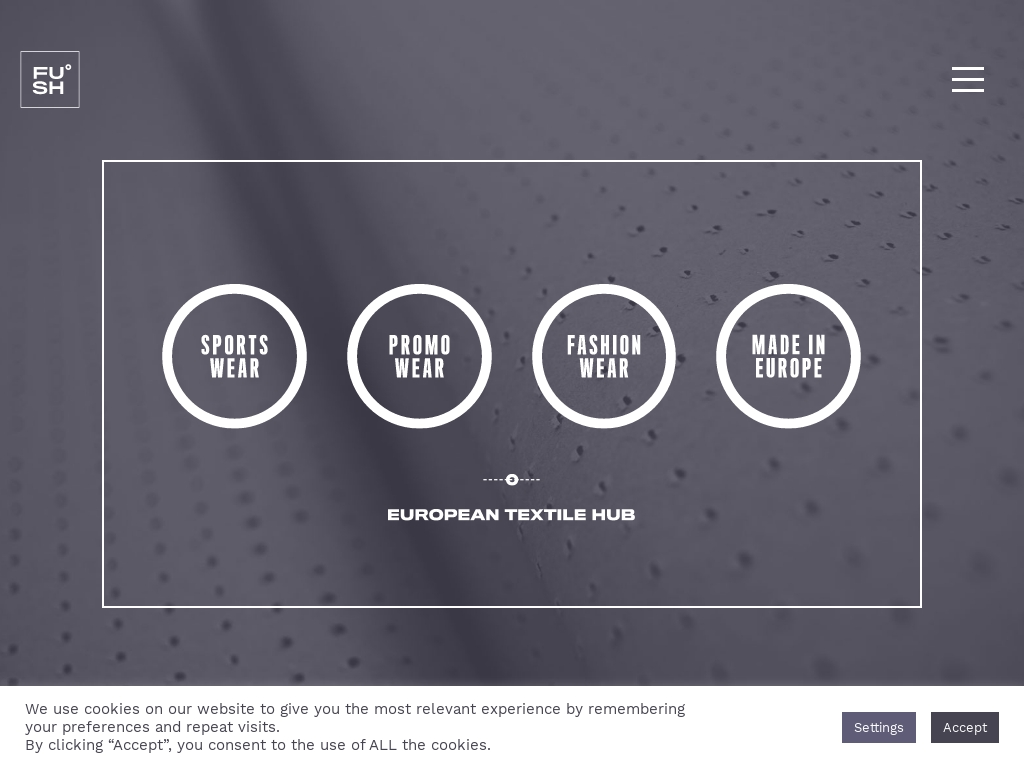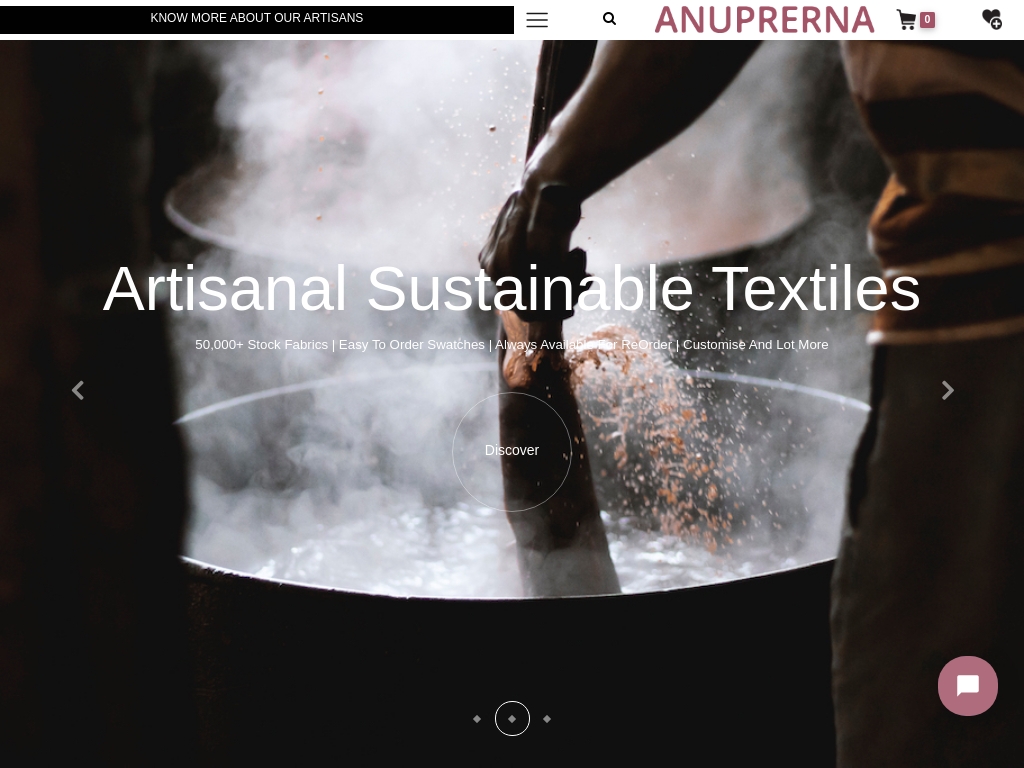
2 Textile Manufacturing Business Success Stories [2025]
Interested in a business that blends creativity with craftsmanship? Think textile manufacturing. This involves the production of fabrics and textiles used in clothing, home decor, and industrial applications.
Starting a textile manufacturing business means setting up machinery for weaving, knitting, or spinning fibers into usable fabrics. You’ll need to source raw materials like cotton, wool, or synthetic fibers, manage production schedules, and ensure quality control.
There’s a steady demand for textiles, whether in fashion, upholstery, or technical fabrics. This industry offers numerous niches you could focus on, from eco-friendly fabrics to advanced tech textiles.
The textile manufacturing sector offers both reliability and room for innovation. If you’re excited about the fusion of design and production, this might be the perfect venture for you.
In this list, you'll find real-world textile manufacturing business success stories and very profitable examples of starting a textile manufacturing business that makes money.
1. FUSH Ltd ($3.41M/year)
Andrija Šajkaš, the founder and CEO of FUSH ltd, came up with the idea for his clothing manufacturing business after working in the wholesale textile industry and owning a clothing store. He saw a lack of quality products at affordable prices, leading him to establish FUSH as a platform connecting international clients with trusted local manufacturers in Serbia. Through guerilla marketing and a focus on communication and SEO, FUSH has grown into a successful business with a diverse product range and plans for expansion in the future.
How much money it makes: $3.41M/year
How much did it cost to start: $3.8K
How many people on the team: 170


FUSH, a clothing manufacturer from Serbia, shares how they grew from a one-man show to a two-factory business with 170 employees, expanding from producing only promotional t-shirts to various streetwear products and garnering international clients through effective communication and marketing efforts.




2. Anuprerna ($180K/year)
Amit Singha, the founder of Anuprerna, was inspired by the artisan community in his small village in West Bengal, India. With a background in finance and strategy, Amit decided to spearhead Anuprerna in 2019, creating a sustainable and eco-friendly global brand that uplifts India's indigenous textiles. Through collaborations with designers and a focus on wholesale business, Anuprerna has attracted and retained customers through direct relationships, social media, email marketing, and personalized face-to-face meetings.
How much money it makes: $180K/year
How much did it cost to start: $5K
How many people on the team: 15


Anuprerna is an artisanal sustainable textile brand selling exclusive textiles, scarves, garments, and natural fabrics across the B2B segment, gradually reaching overseas and B2C clients through their online platform, social media presence, and other third-party platforms.





Download the report and join our email newsletter packed with business ideas and money-making opportunities, backed by real-life case studies.

Download the report and join our email newsletter packed with business ideas and money-making opportunities, backed by real-life case studies.

Download the report and join our email newsletter packed with business ideas and money-making opportunities, backed by real-life case studies.

Download the report and join our email newsletter packed with business ideas and money-making opportunities, backed by real-life case studies.

Download the report and join our email newsletter packed with business ideas and money-making opportunities, backed by real-life case studies.

Download the report and join our email newsletter packed with business ideas and money-making opportunities, backed by real-life case studies.

Download the report and join our email newsletter packed with business ideas and money-making opportunities, backed by real-life case studies.

Download the report and join our email newsletter packed with business ideas and money-making opportunities, backed by real-life case studies.











